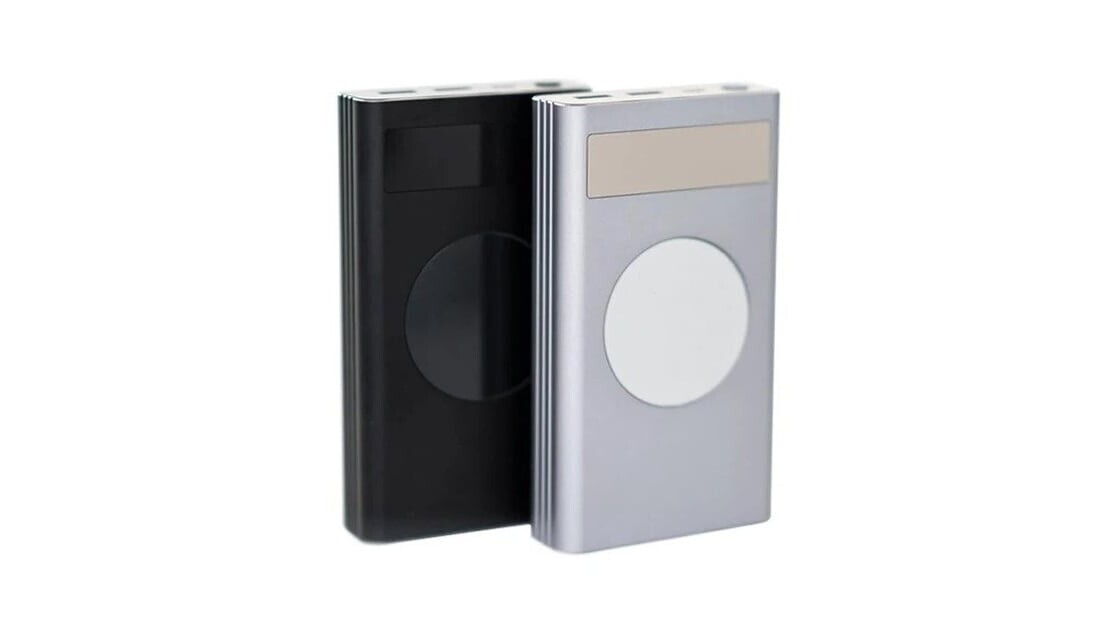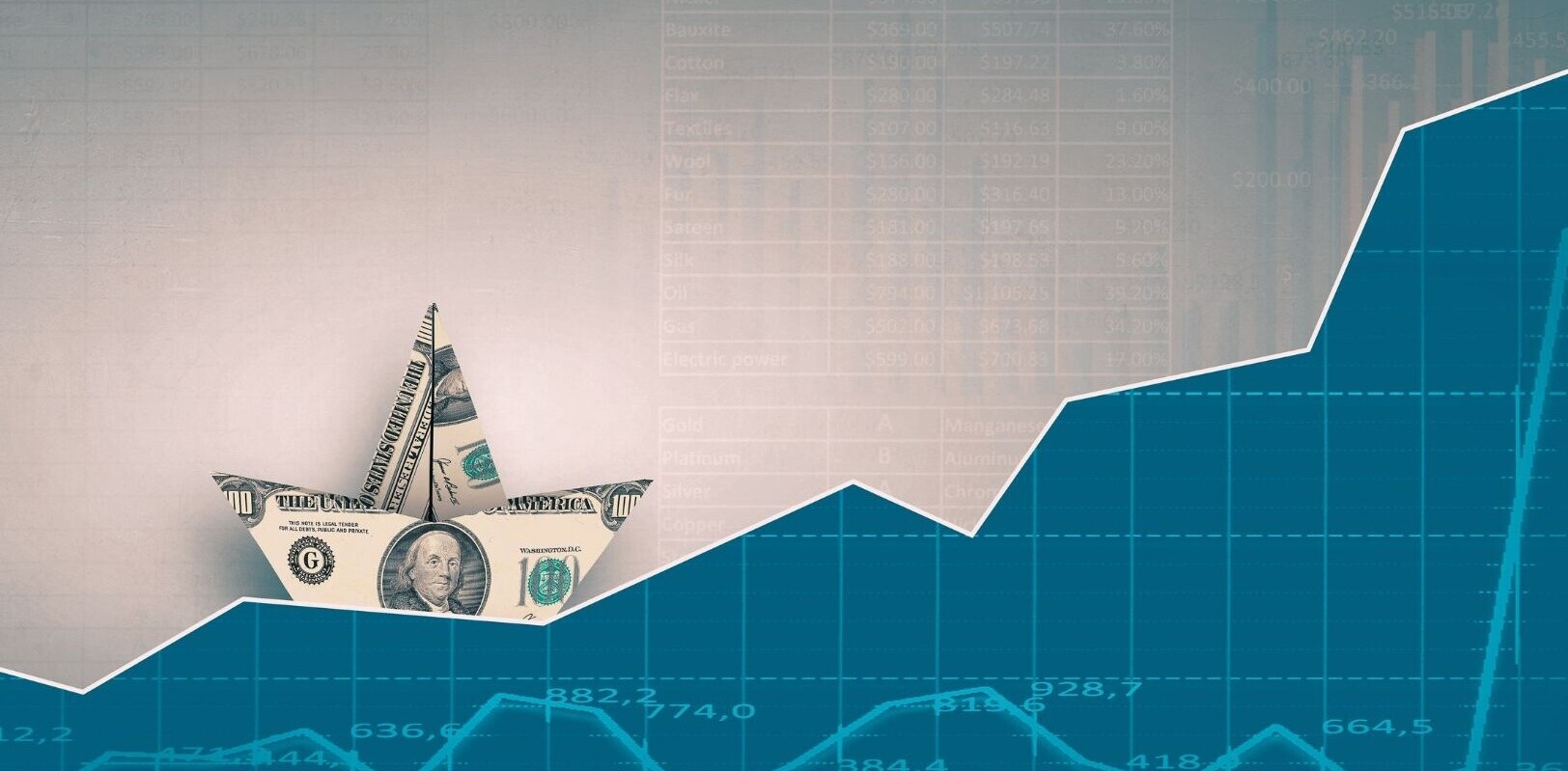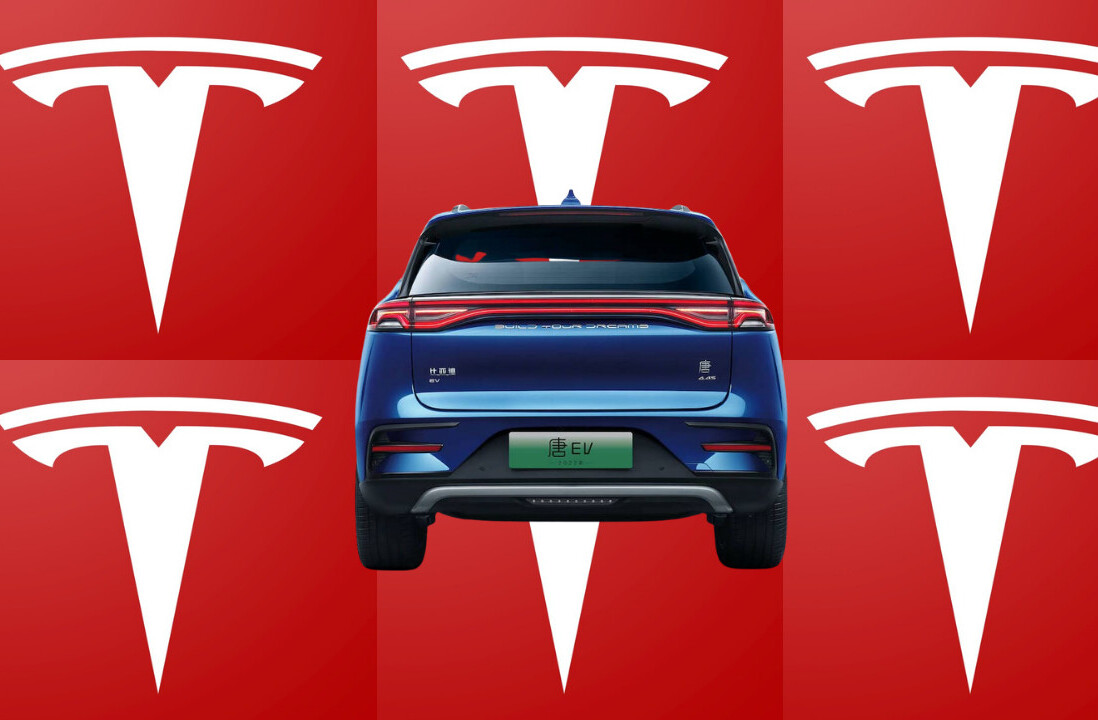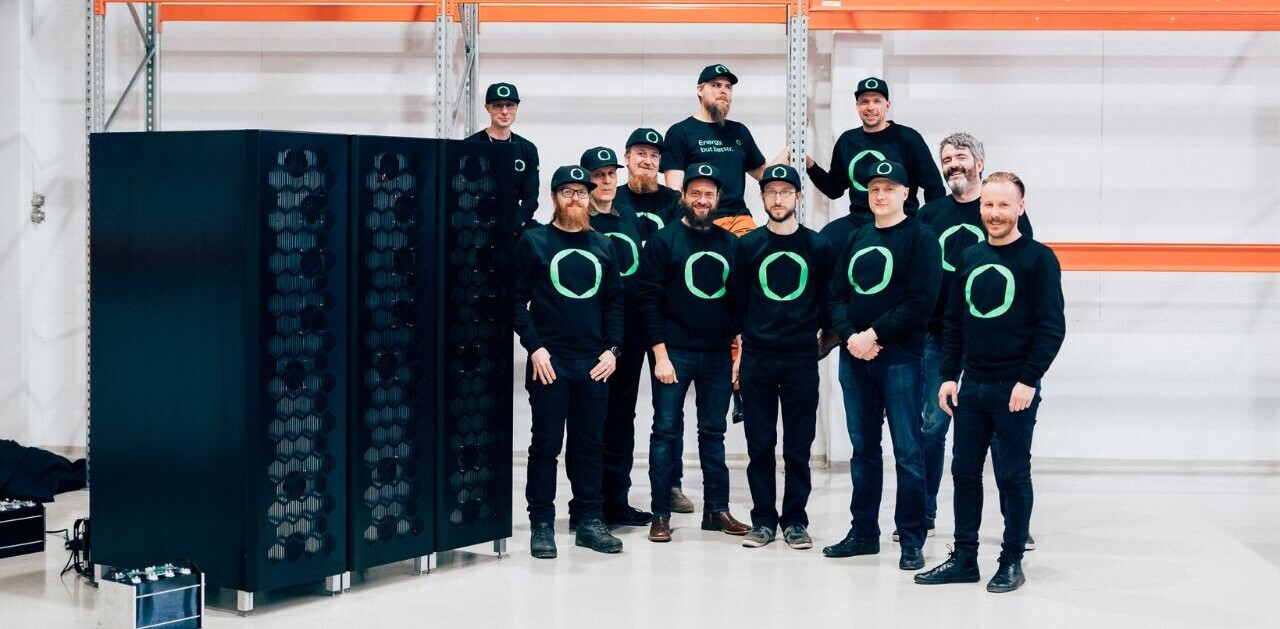
I’ve used plenty of power banks in my life but none of them were too costly. In India, if you spend anywhere from ₹1,000-3,000 ($13-$40), you can get a power bank that offers a good mix of ports, charging speed, and battery capacity.
So when I was pitched a $249 power bank, I was intrigued. For that price, I could get a good budget phone or more than few power banks. Plus, the company’s claim that it uses the same battery material as is found in Tesla’s cars made me want to try it more.
I might not be the target audience for this lavishly priced Chargeasap power bank, but there might be some people who would want this.
I have used this device for several weeks now, and it packs some impressive features for a power bank. Let’s get into the details.
What does it offer?
When you think about a $249 power bank, you wish that it should have all bells and whistles a highly-priced power bank should have. Thankfully, it does.
The Chargeasap Flash 2.0 has plenty of features that you’d be right to expect at this price. With its 20,000 mAh capacity, you could fast-charge your iPhone 12 seven times, or your 2020 MacBook Air battery nearly one and a half times. That’s a good amount of charging power.
It has four ports in total: two USB-C ports and two USB-A ports. One of the USB-C port offers 60W out and the other offers 100W in or out — that’s the one you’ll be using to charge this monster. Both ports support the USB-PD standard.
Two USB-A ports support Qualcomm QuickCharge 3.0 support at 18W. One of them also supports 40W fast charging standards from Oppo and OnePlus and 22.5 W fast charging standards from Vivo and Huawei with compatible phones.
So, it almost doesn’t matter what device you have, this power bank will support its fast-charging standard. That’s a pretty bold claim.
On top of that, the device has dual coil wireless charging on one side. So you can charge any of your supported devices at 10W. You can also charge your Apple Watch at 2.5W on that.

Design and performance
This power bank is a chonk in every sense. It’s 15.1cm in length and 8.2cm in width. A lot larger than the iPhone 12 Pro Max. The Flash 2.0 is2.7cm thick — or roughly the height of 4 iPhone 12 units stacked atop each other.
If you ever need to work out a bit, this device will help you too, because it weighs 500 grams. That’s much heavier than your average power bank.
The power bank delivers on its promises about fast charging. It charged my iPhone 12 from 10% to 31% in 10 minutes. It juiced up my Pixel 4a from 11% to 48% in 21 minutes; fully charged in under an hour. The Flash charged the 2019 MacBook Pro 15% in under 20 minutes. So, yes. it is indeed speedy and versatile.
Why does it cost so much?
Vinson Leow, the founder of ASAP technology, told me that one main reason why the Flash power bank costs so much is the battery. The company used Graphane battery cells made by Panasonic. These are the same type of cells used by Tesla in its car batteries.
Initially, Chargeasap used Tesla’s name in marketing this product. However, the car company asked it to remove the name later.
Leow claims that because of this design, you can input or output more power from the power bank. That allows for faster charging of devices as well as the power bank itself.
He added that the average power bank lasts 500 charge cycles, which generally works out to around two years’ use. However, the company claimed that the Flash can last for 2,000 charge cycles with these high-end batteries.
Leow said that incorporating all the fast charging standards is also a costly process and that also contributes to the final price.
Conclusion
Chargeasap is targeting people who are already spending more than $100 for power banks that are charging devices at 60W or above. However, $249 is still a steep price for such a device.
The company says that this power bank will last you for years and you wouldn’t need to buy another one. If you’re a Tesla fan, and constantly change phones, this power bank might serve you well. But if you don’t need all of these features, there are plenty of options in the $100 to $200 range from other companies including Anker and Goal Zero that might serve your purpose.
Get the TNW newsletter
Get the most important tech news in your inbox each week.




